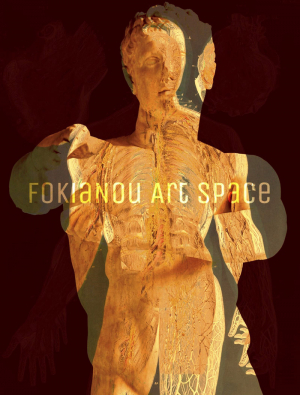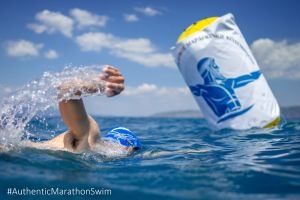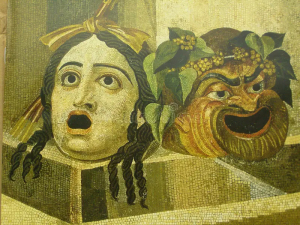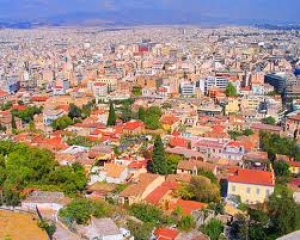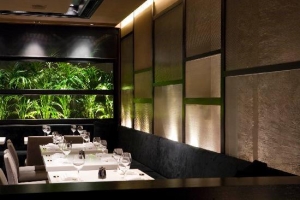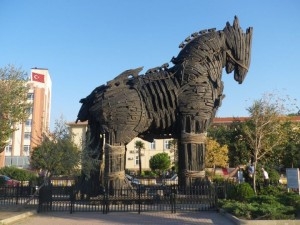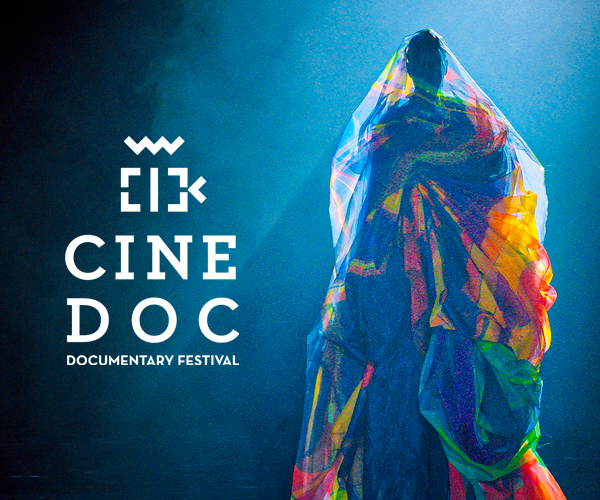XpatAthens
August 30 - Back Into The Swing Of Things
Please click HERE to view this issue of our newsletter!
5 Greek Islands For A Relaxing Family Holiday
But what happens when you're traveling with kids? Is Greece a family-friendly destination? The answer is YES! Greece is a fantastic destination for a family holiday. And, since Greece's unbelievable coastline may make it a bit hard to choose where to go, here's a list of our top 5 islands for the perfect family vacation!
Sifnos
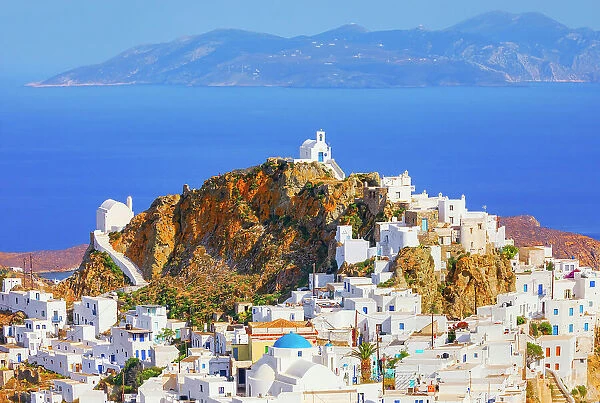
@anna_sarika
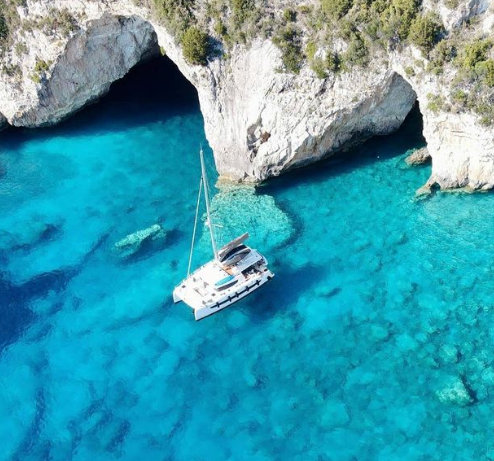
@paxos_island_greece
Naxos
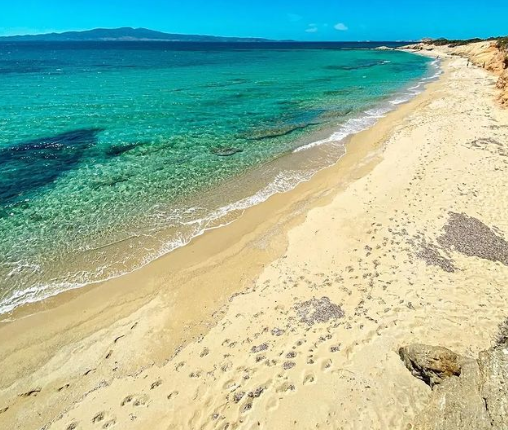
@victor_manolito
Naxos, the largest island of the Cyclades, is definitely an ideal destination for families. It majestically combines long, sandy beaches with fertile valleys, stunning gorges, and a bit of history. Not to mention its delicious cuisine based on local products. Last but not least, Naxos incorporates the communities of four additional smaller isles, Donousa, Schoinousa, Iraklia, and Koufonisia, so you’ll get to enjoy a trip to an unspoiled paradise!
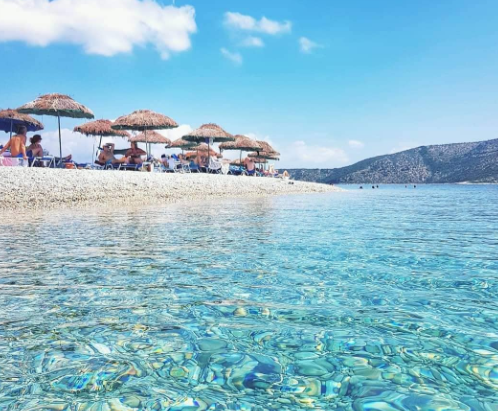
@elaki26
On the edge of the Sporades archipelago lies the island of Alonissos, ready to captivate you with its green landscape and pristine beaches. The ideal destination for a relaxing holiday, there, you’ll find yourselves leisurely walking along scenic paths surrounded by pine forests, olive groves, and orchards. The island’s highlight is definitely its marine park, a refuge for rare seabirds, dolphins, and the Mediterranean monk seal, Monachus Monachus.
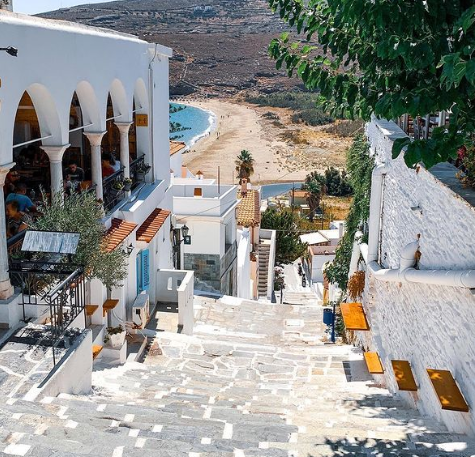
@andros_secrets
So close to Athens yet so far away, Andros, the second-largest and the greenest island of the Cyclades, has everything you need for the ultimate vacation. With lush vegetation, deep blue waters, and rushing rivers, Andros’ breathtaking natural beauty makes it the perfect island for a tranquil holiday. If you love spending time as a family, there are numerous experiences awaiting from hiking along the well-marked trails to visiting world-class modern art museums!
FokiaNou Art Space
Founded in the spring of 2014 by the artist Blanka Amezkua with the name Fo Kia Nou 24/7, the space hosts exhibitions, workshops and projects under the current direction of two artists, Mary Cox and Panagiotis Voulgaris, who took over in the fall of 2016.
XpatAthens is proud to be a Non-Profit Sponsor of FokiaNou Art Space
The Scent Of Christmas: 4 Athenian Cafes To Put You In Festive Mood
Little Kook
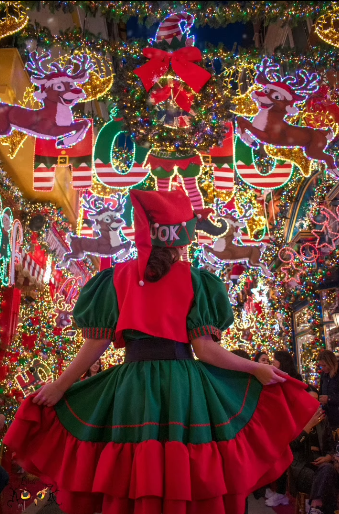
@littlekook_
Telephone: 210 3214144
Noel
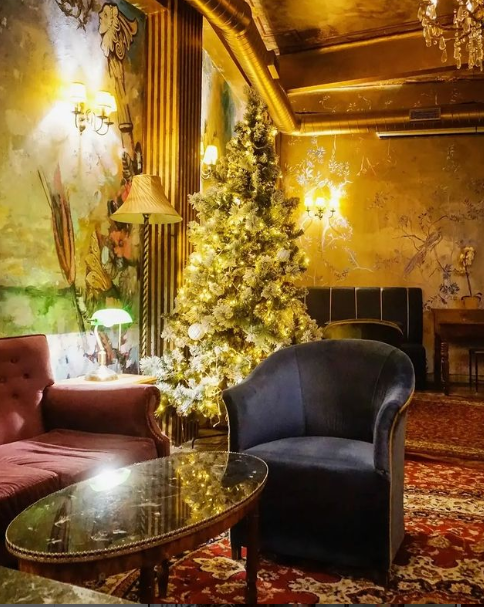
@thenoelbar
Telephone: 211 2159534
Fairytale

@fairytale_athens
Location: Leokoriou 16, Athina & Tripia 48, Nea Philadelphia
Telephone: 210 2582341
Cap Cap
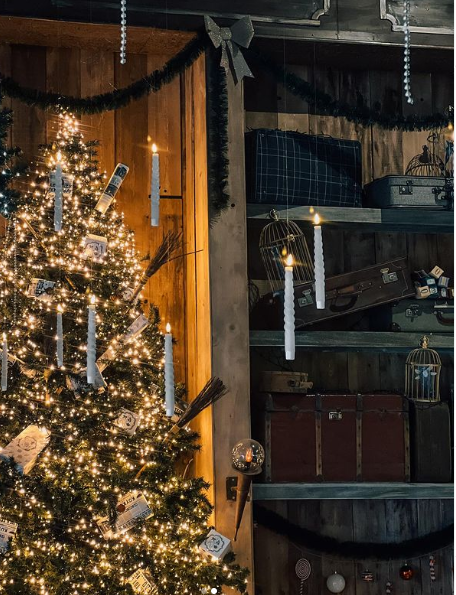
@capcapgr
Cap Cap, one of the best themed coffee shops in Athens and, actually the first one to open in the city, in Egaleo, is well hidden in the neighborhood's alleys but it is loved by the locals and widely renowned for its exquisite themed menu, especially the desserts, and magical décor. Harry Potter, Stranger Things, Christmas, Fantastic Beasts, Alladin and 90's are only few of the themes Cap Cap has hosted!
Location: Panormou 26, Egaleo
Telephone: 210 590 4116
Authentic Marathon Swim: The Most Historic Swimming Route In The World Returns
Photo Credit: Elias Lefas
5 Greek Tragedy Plays Everyone Should Watch
Here are five essential Greek tragedies that everyone should watch to appreciate the depth and beauty of this ancient art form!
1. Oedipus Rex (Oedipus the King) by Sophocles
"Oedipus Rex" is perhaps the most famous of all Greek tragedies. It tells the story of Oedipus, the king of Thebes, who is determined to rid his city of a plague. In his quest, he uncovers his tragic destiny: he has unwittingly killed his father and married his mother. The play explores themes of fate, free will, and the limits of human knowledge.
Why Watch It? The intricate plot and the intense emotional journey of Oedipus make this a must-see. Its exploration of fate and identity continues to resonate with modern audiences.
2. Antigone by Sophocles
"Antigone" is the sequel to "Oedipus Rex" and centers on Oedipus's daughter, Antigone. The play begins with the aftermath of a civil war in which Antigone's brothers have killed each other. King Creon, the new ruler, decrees that one brother will be honored while the other is left unburied. Antigone defies Creon’s orders to give her brother a proper burial, leading to tragic consequences.
Why Watch It? "Antigone" is a powerful examination of civil disobedience, the conflict between state and family loyalty, and the individual's moral duty versus societal laws.
3. Medea by Euripides
"Medea" is the harrowing story of Medea, a sorceress who takes revenge on her unfaithful husband, Jason. After Jason leaves her for another woman, Medea enacts a horrific vengeance, killing their children and Jason's new bride. Euripides' portrayal of Medea as a complex, multifaceted character challenges the audience's sympathies and preconceptions.
Why Watch It? The intense emotional drama and the radical portrayal of a woman's rage and agency make "Medea" a compelling and thought-provoking play.
4. The Oresteia by Aeschylus
"The Oresteia" is a trilogy consisting of three plays: "Agamemnon," "The Libation Bearers," and "The Eumenides." It follows the story of the House of Atreus, beginning with King Agamemnon’s return from the Trojan War and his murder by his wife, Clytemnestra. The cycle continues with their son Orestes avenging his father's death and concludes with Orestes being pursued by the Furies and seeking justice.
Why Watch It? This trilogy offers a profound exploration of justice, revenge, and the evolution of societal law. The transition from personal vengeance to institutionalized justice reflects themes still relevant today.
5. The Bacchae by Euripides
"The Bacchae" depicts the story of King Pentheus of Thebes and his resistance to the god Dionysus, who seeks to establish his cult in the city. Pentheus' refusal and subsequent attempts to suppress Dionysian worship lead to his own tragic downfall. The play highlights the struggle between reason and instinct, order and chaos.
Why Watch It? "The Bacchae" is a masterful exploration of the dualities within human nature and the dangers of denying one’s own instincts and the divine.
These five Greek tragedies offer a window into ancient Greek culture and universal themes that continue to resonate today. Watching these plays not only provides entertainment but also deepens our understanding of human nature, societal structures, and the complexities of fate and free will. Whether you are a newcomer to Greek drama or a seasoned enthusiast, these tragedies are essential viewing for anyone interested in the enduring power of storytelling.
Los Angeles Chargers Bring the NFL To Greece Marking A Historic First
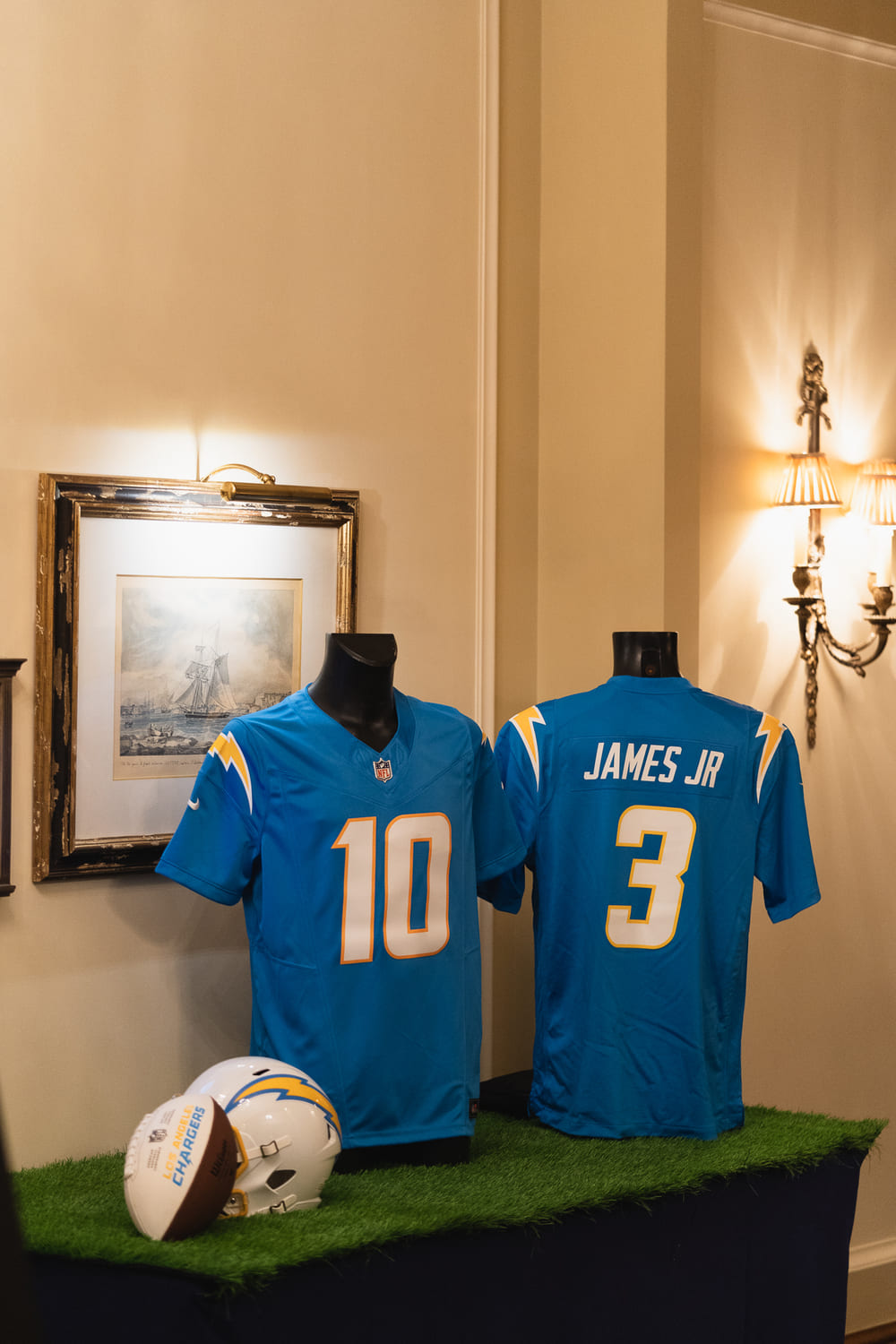

Check out this video showcasing how the Los Angeles Chargers set the scene as they prepare for the NFL Draft!
My Week in Athens… Oct 4
Hi XpatAthens. Thank you for your newsletters and for all the great info on your website – it’s great to have a place I know I can keep going back to. What I’ve written about is my first couple weeks in Athens. I’ve entitled it ‘Greek Neighbourly Love’. Hope you enjoy it.
Well, to start, every week, if not every day, in Athens has been an experience. So far Greece has been better than great on good days, and REAL ‘interesting’ other days. I suppose this is how life goes. But I’m starting to believe that this is how life is in Greece.
The story goes like this, I moved to Athens a couple months ago because my professional life brought me here. Although I’d many times said I’d love to visit Greece one day, I never in a million years thought I’d actually live here. Anyway, back home it wasn’t very common to chat with your neighbours. Conversations usually consisted of:
‘Evening, what floor?’
‘22’
‘Thanks!’
So you can imagine my surprise when the lady next door rang the door bell, welcomed herself in, had a look around, and asked ‘husband?’ For a second I though to myself, I should have her arrested, well, ok, I should just tell her to get out of my house! But I took a deep breath and offered her a glass of water. She didn’t stay long, just enough to hear, ‘No, I’m single’ and ‘Yes I have a good job’.
About a week went by until the next time the doorbell rang, or at least the next time I was home to hear it ring…it was the same lady…except this time she had a plate in her hands. She handed it to me and said ‘You have to eat!’ I thanked her and that was it. Once I finished the incredible plate of food, I washed the dish and returned it. The next day when I got home from work (at just about 9:30), there was a plate on the doorstep. And the next day there was another plate…and the next another. Wow! I must be blessed. So, so far in Greece I’ve discovered that neighbourly love is a wonderful thing – especially if your neighbour is a Greek ‘Mama’!!
Thanks Marianne for sharing your story with us. We look forward to hearing more stories.
Until next week,
Jack
In this weekly space, keep up with ‘Jack’ as he navigates daily life in Athens… Anecdotes, stories, hits & misses, the good, the bad and, well, the rest…
Kiku Japanese Restaurant
Tel: 30 210 364 7033, www.athenskiku.com, info@athenskiku.com
Opening hours: Mon-Sat 19:00 - 01:00
nileguide.com
Do you have a recommendation or recipe to share? Send it to us at ideas@xpatathens.com!
Archaeologists Claim To Have Found Trojan Horse
Turkish archaeologists claim a historical discovery as they believe they have found pieces of the Trojan Horse. According to a report by newsit.gr, Turkish archaeologists excavating on the site of the historical city of Troy on the hills of Hisarlik, have unearthed a large wooden structure.
Historians and archaeologists presume that the pieces are remains of the legendary Trojan Horse.
Excavations brought to light dozens of fir planks and beams up to 15 meters long, assembled in a strange form. The wooden assembly was inside the walls of the ancient city of Troy. Fir planks were used for building seafaring ships, archaeologists say.
The Trojan Horse is considered to be a mythical structure. Described as a horse in Homer’s Odyssey, historians suggest that the writer was making an analogy for a war machine, or a natural disaster.
To read more, please visit greekreporter.com
By Philip Chrysopoulos



